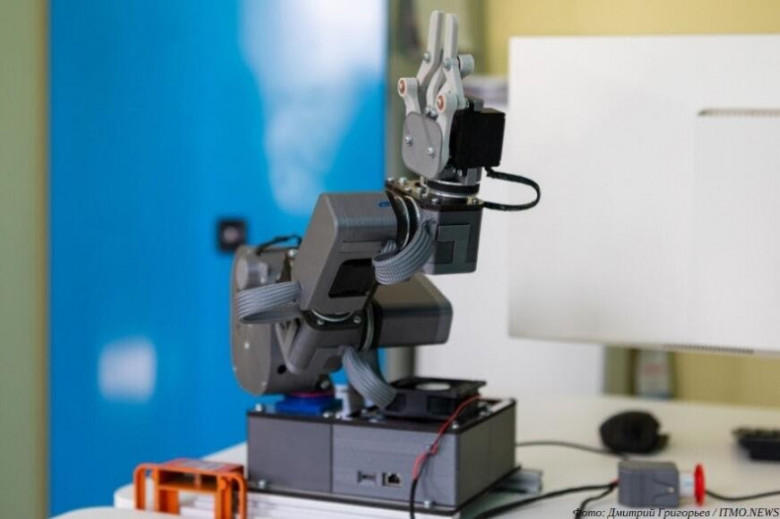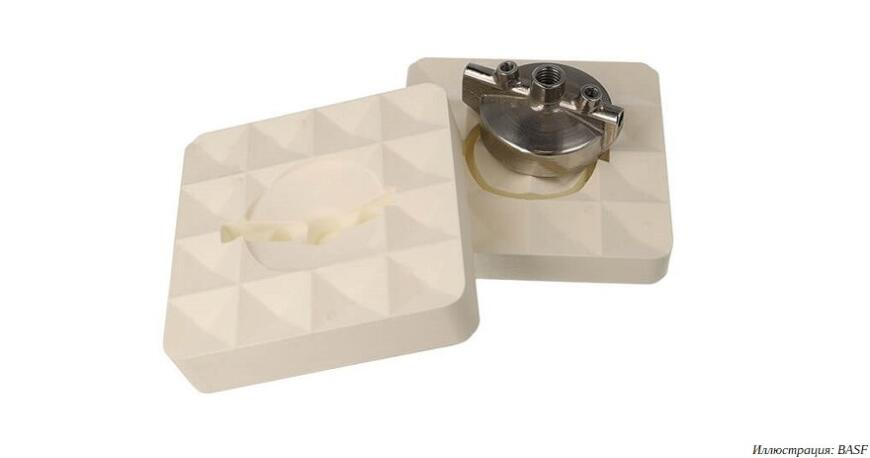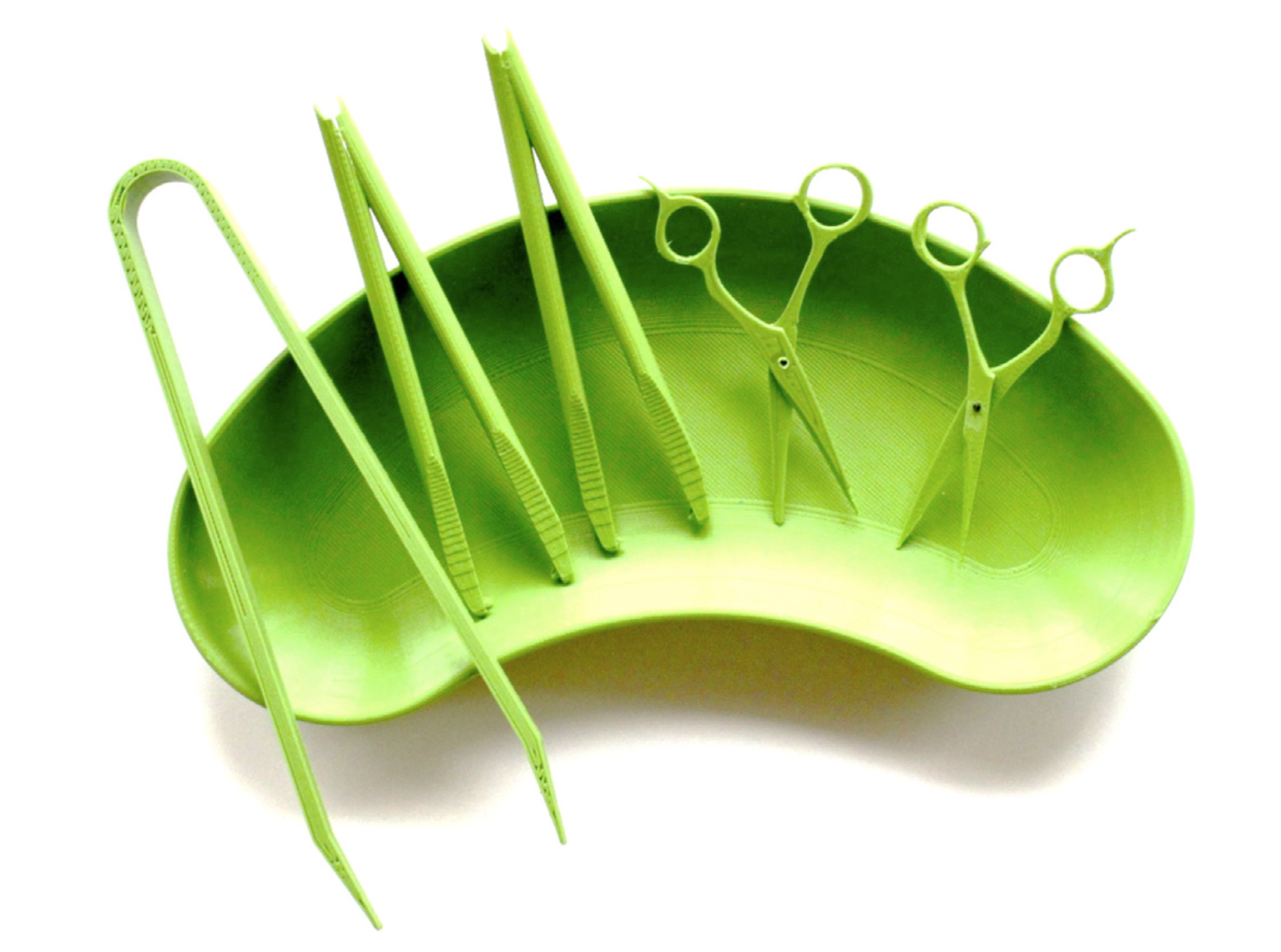
Andreas Muller, 3D printing enthusiast, developed an open-source project that makes color printing with regular FDM 3D printers possible with the custom system of replaceable printheads and permanent color marker pens.

Everything about 3D printers and 3D printing technology

Andreas Muller, 3D printing enthusiast, developed an open-source project that makes color printing with regular FDM 3D printers possible with the custom system of replaceable printheads and permanent color marker pens.

Engineers from the St. Petersburg National Research University of Information Technologies, Mechanics and Optics (ITMO University) used 3D printed parts in the design of a six-axis robot featuring increased affordability.

BASF 3D Printing Solutions launches a new lineup of filaments under the Forward AM brand, which include three options characterized by different composition and hardness — Ultrafuse TPU 95A, Ultrafuse TPU 64D, and Ultrafuse TPS 90A.


